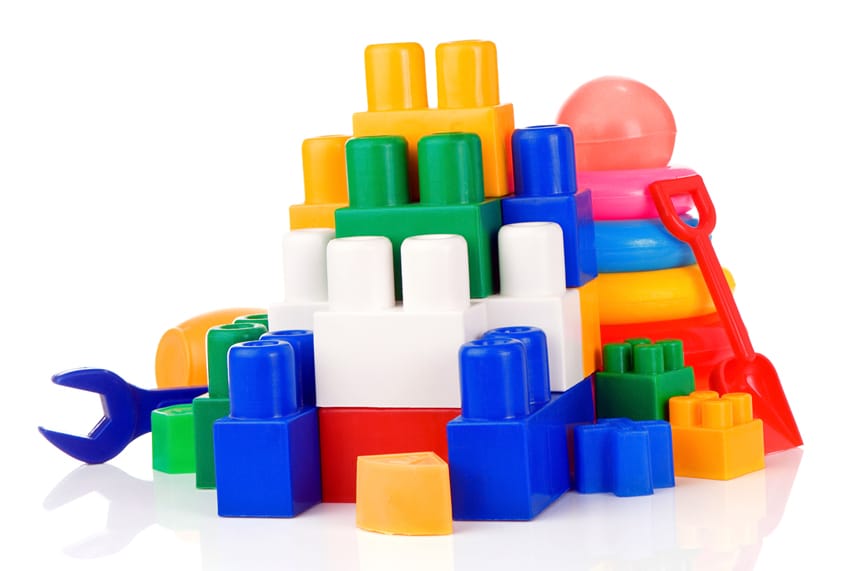
Perfection isn’t about being flawless, it’s about clarity. It’s knowing what truly matters and what doesn’t. Imperfection happens when we chase everything at once or hold onto details that don’t serve our purpose. True perfection comes from understanding, not control.
Simplicity requires deep awareness. It means removing the noise and distractions that complicate things. Just like solving a puzzle, it takes trial, patience, and perspective to see how the pieces fit together. The hard part isn’t adding more, it’s learning what to let go of.
Life, like any collaboration, becomes clearer when we listen and connect. Understanding what people want, and what they don’t want, helps create harmony. Whether in relationships, work, or personal growth, balance happens when we merge empathy (the “why”) with reason (the “how”).
Perfection isn’t a finish line, it’s a process of continual refinement. It’s about aligning your thoughts, actions, and values so they fit together naturally. Imperfection reminds us to stay humble and open; without it, growth would stop altogether.
“You have to make every single detail perfect and you have to limit the number of details.” – Jack Dorsey
As mentioned on previous blog posts, simplicity is the key to an excellent user interface design.
However, getting to the simple state is the hardest part in the process. Why? Because it takes a lot of understanding and conceptualizing to know which details matter and which ones do not.
According to The Details That Matter and The Elegance of Imperfection, a designer’s and developer’s profession is not only to come up with the look and feel and functionality of a website, but it’s also like reading people’s mind.
Designers and developers need to be able to think of all the possibilities than can go wrong before coming up with the details to make the projects go right.
Avoid as many problems that may occur in the future and present the necessary features to the users clearly.
To understand the details that matter, it is required to interview the clients to figure out what they need and want for their website.
It is also essential to figure out what they do not need and want for their website so designers and developers can come up with solutions to make the best outcome from every angle.
Both designers and developers must work together to complete the whole project. Why? “The best solutions come from both sides of the brain, built from both the how and the why.”
“It forces us to consider how the natural order of our physical world should inform the virtual worlds of information that we create.”
From the information gathered from the clients, the pieces that fit well together like a puzzle will be combined.
The pieces that do not fit well probably belong to another puzzle. And like any puzzles, the beginning is always the hardest part.
Until one by one, all the puzzle pieces match, intermingle and form the big picture, your whole website.

Frances Naty Go, Founder of Goldlilys Media, transforms websites into strategic masterpieces for museums, nonprofits, health & wellness brands, higher education, life sciences, travel companies, personal brands and small businesses. With a Computer Science degree from UC San Diego, she specializes in creating digital experiences that educate, engage, and inspire action. Ready to make your digital presence unforgettable?





